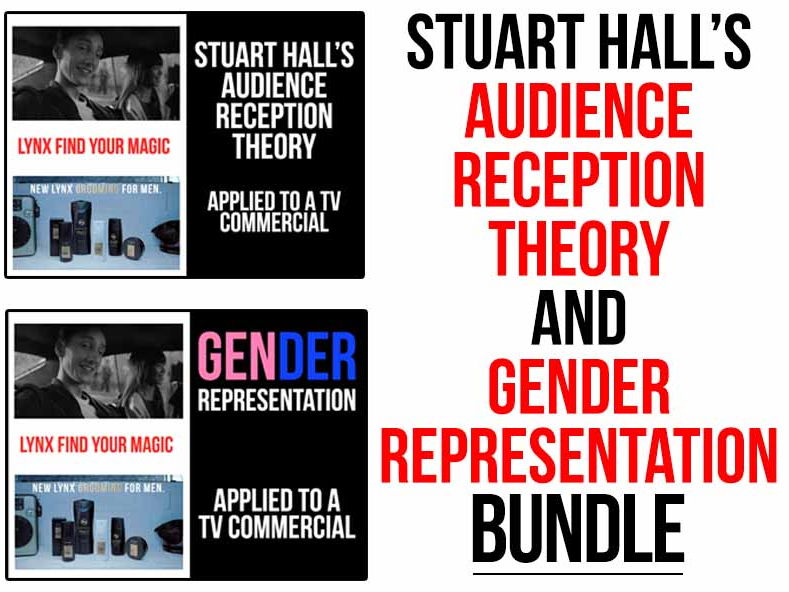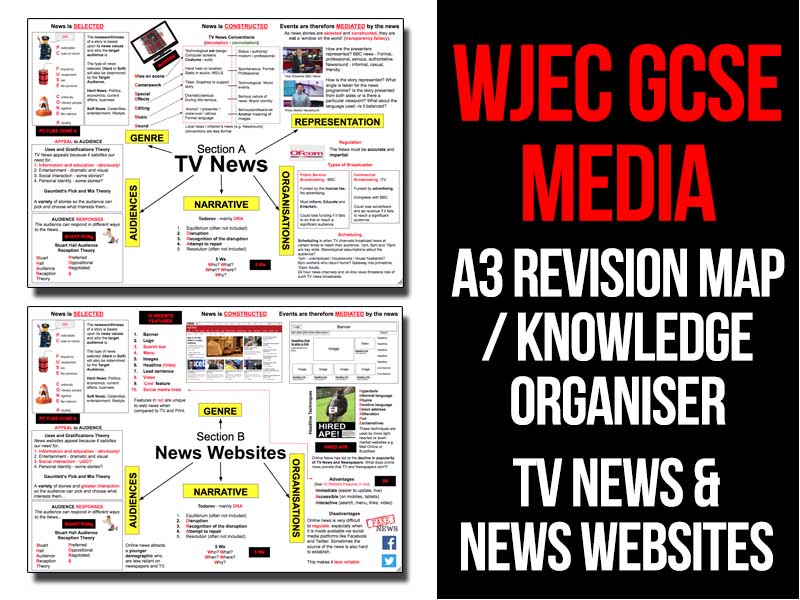Mediamnemonics Shop
Mnemonics are tools that aid memory. The aim of mediamnemonics is to generate a range of mnemonics specifically designed to make media revision far more effective. Tried and tested on Year 11 students at an Essex academy, they have been created by an experienced media teacher with 22 years of media subject leadership who holds an MA in Film and TV studies. English resources have been created by a teacher with 16 years of teaching experience in a secondary school.






















